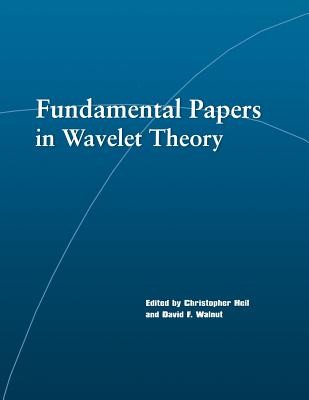
- We will send in 10–14 business days.
- Author: Christopher Heil
- Publisher: Princeton University Press
- ISBN-10: 0691127050
- ISBN-13: 9780691127057
- Format: 21.4 x 26.6 x 4.8 cm, minkšti viršeliai
- Language: English
- SAVE -10% with code: EXTRA
Reviews
Description
This book traces the prehistory and initial development of wavelet theory, a discipline that has had a profound impact on mathematics, physics, and engineering. Interchanges between these fields during the last fifteen years have led to a number of advances in applications such as image compression, turbulence, machine vision, radar, and earthquake prediction.
This book contains the seminal papers that presented the ideas from which wavelet theory evolved, as well as those major papers that developed the theory into its current form. These papers originated in a variety of journals from different disciplines, making it difficult for the researcher to obtain a complete view of wavelet theory and its origins. Additionally, some of the most significant papers have heretofore been available only in French or German. Heil and Walnut bring together these documents in a book that allows researchers a complete view of wavelet theory's origins and development.EXTRA 10 % discount with code: EXTRA
The promotion ends in 21d.04:58:17
The discount code is valid when purchasing from 10 €. Discounts do not stack.
- Author: Christopher Heil
- Publisher: Princeton University Press
- ISBN-10: 0691127050
- ISBN-13: 9780691127057
- Format: 21.4 x 26.6 x 4.8 cm, minkšti viršeliai
- Language: English English
This book traces the prehistory and initial development of wavelet theory, a discipline that has had a profound impact on mathematics, physics, and engineering. Interchanges between these fields during the last fifteen years have led to a number of advances in applications such as image compression, turbulence, machine vision, radar, and earthquake prediction.
This book contains the seminal papers that presented the ideas from which wavelet theory evolved, as well as those major papers that developed the theory into its current form. These papers originated in a variety of journals from different disciplines, making it difficult for the researcher to obtain a complete view of wavelet theory and its origins. Additionally, some of the most significant papers have heretofore been available only in French or German. Heil and Walnut bring together these documents in a book that allows researchers a complete view of wavelet theory's origins and development.

Reviews